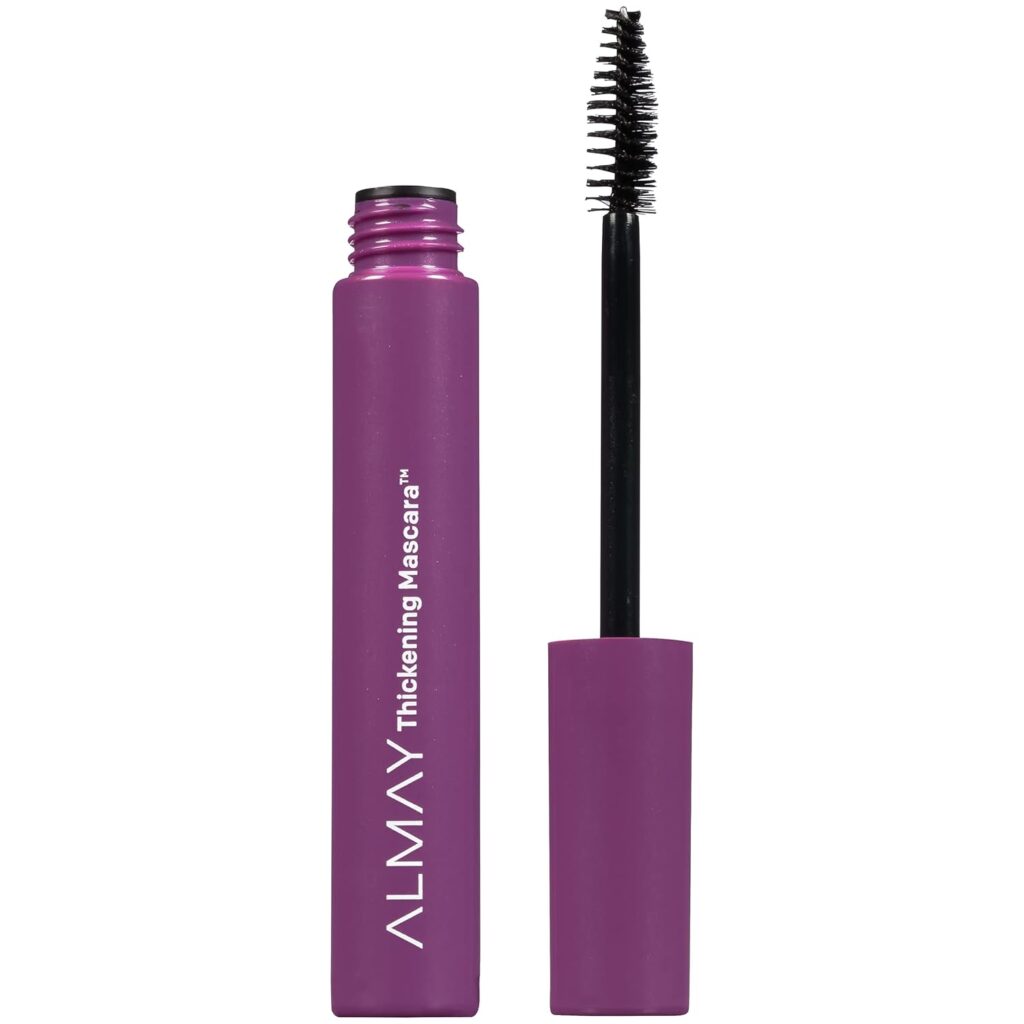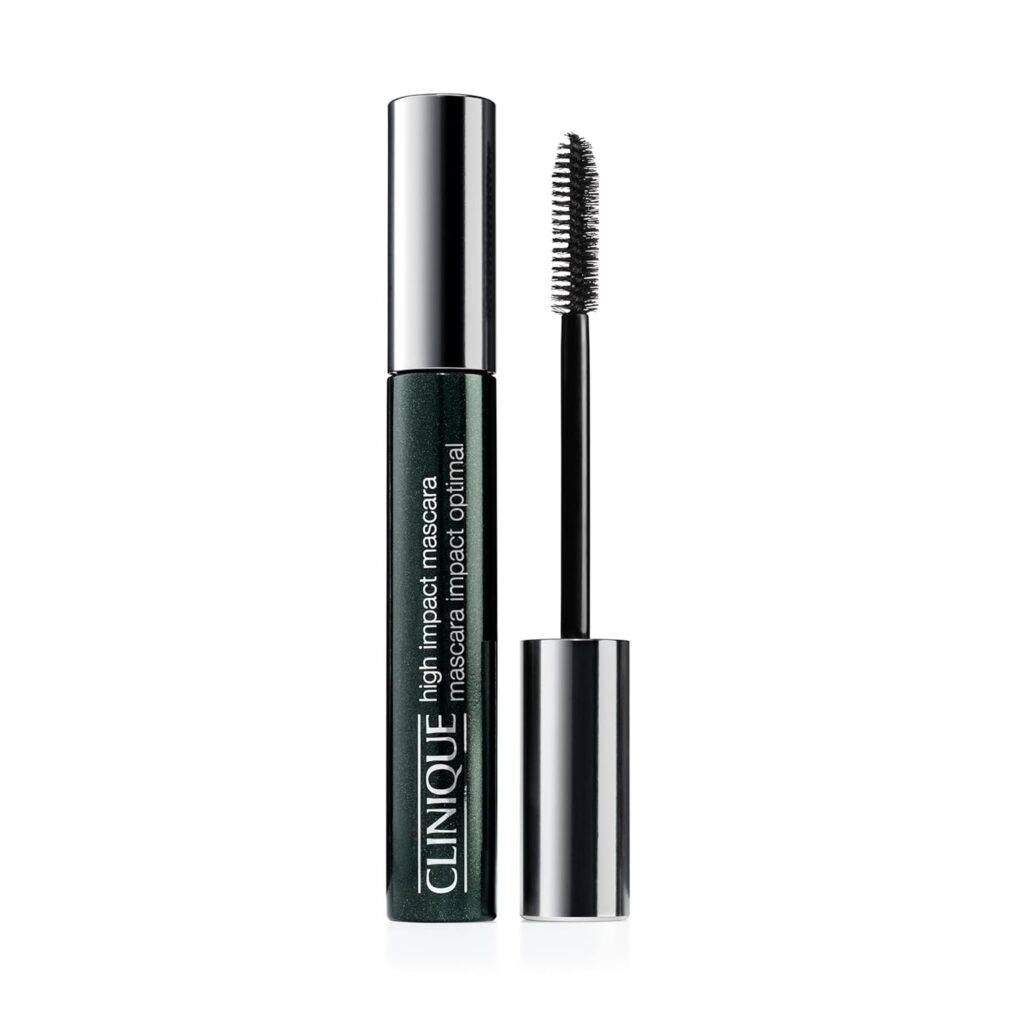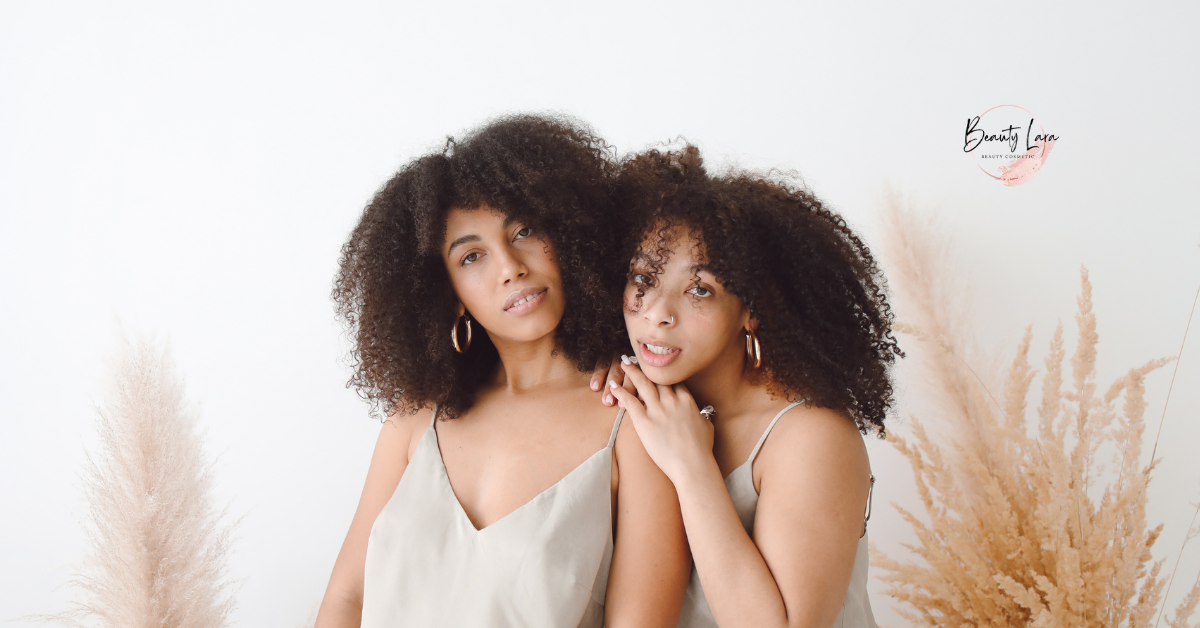Blepharitis is a chronic eye condition that causes inflammation of the eyelids, often resulting in redness, itching, flaking, and discomfort. While managing blepharitis can be challenging, sufferers still desire the confidence that makeup—particularly mascara—can offer. However, choosing the right mascara can be daunting, as many conventional products may worsen symptoms or trigger flare-ups.
This guide aims to help those with blepharitis navigate the world of mascara safely. We will cover everything from understanding blepharitis and how it interacts with makeup, to tips on application, choosing the right formula, and maintaining hygiene to avoid irritation. By the end, you’ll feel empowered to wear mascara while managing blepharitis.
Table of Contents
What is Blepharitis?
Blepharitis is a common and often recurring inflammatory condition affecting the eyelids, primarily the area where the lashes grow. It can be triggered by bacterial infections, clogged oil glands near the base of the lashes, or skin conditions such as rosacea and dandruff. Blepharitis can present itself in two main forms:
- Anterior Blepharitis: Affects the outside front edge of the eyelid, near the eyelashes.
- Posterior Blepharitis: Occurs when the oil glands behind the lashes become clogged.
Symptoms of blepharitis include:
- Red, swollen, or itchy eyelids
- Flakes on the eyelashes, similar to dandruff
- A gritty or burning sensation in the eyes
- Sensitivity to light
- Watery or dry eyes
Blepharitis is typically chronic, meaning sufferers experience long-term symptoms that can flare up. Maintaining proper hygiene, using medicated ointments, or warm compresses can help manage the condition. But even with the best care, the eyes remain sensitive, particularly when it comes to makeup.
How Blepharitis Affects Makeup Choices
For those with blepharitis, choosing makeup—especially mascara—requires careful consideration. Many common cosmetics contain ingredients that can trigger inflammation, further clog oil glands, or cause irritation to the delicate skin around the eyes.
Mascaras are especially tricky. Conventional formulas often contain preservatives, fragrances, and fibers that can irritate the eyes or cause allergic reactions, making symptoms worse. Additionally, poor makeup hygiene, like using the same mascara wand for extended periods, can introduce bacteria into already sensitive eyes.
Despite these challenges, people with blepharitis don’t have to give up wearing mascara entirely. Instead, it’s all about selecting the right products and applying them safely.
Common Ingredients to Avoid
When you’re shopping for mascara with blepharitis in mind, it’s important to scrutinize the ingredient list. Certain substances, which are common in mainstream mascaras, can irritate sensitive eyes. Here are some to watch out for:
- Parabens: Used as preservatives, parabens can cause skin irritation and are linked to hormone disruption.
- Formaldehyde-Releasing Agents: Preservatives like quaternium-15 or DMDM hydantoin slowly release formaldehyde, which can trigger allergic reactions.
- Fragrance: Often included to mask the scent of chemical ingredients, fragrance can be a major irritant for sensitive eyes.
- Alcohol: Some mascaras use alcohol to help the product dry quickly, but it can cause dryness and exacerbate blepharitis symptoms.
- Fibers: Fiber mascaras add volume and length by depositing tiny fibers on the lashes. However, these can fall into the eyes, leading to irritation.
- Propylene Glycol: A common ingredient in many cosmetics, propylene glycol can cause allergic reactions, particularly in sensitive skin.
Being mindful of these ingredients can greatly reduce the risk of irritation.
What to Look for in Mascara for Blepharitis Sufferers
The good news is that many brands now cater to those with sensitive eyes, offering mascaras specifically designed to be gentle. Here are key features to look for:
Hypoallergenic Formulas
Hypoallergenic products are less likely to cause allergic reactions, making them a safer option for those with blepharitis. These mascaras are formulated without common irritants like parabens, fragrances, and harsh chemicals.
Fragrance-Free
Fragrances can be a hidden cause of irritation, even in small amounts. Choosing a fragrance-free mascara ensures you’re minimizing the risk of triggering inflammation.
Ophthalmologist-Tested
Mascaras labeled as “ophthalmologist-tested” have been tested by eye doctors for safety, particularly for people with sensitive eyes or eye conditions like blepharitis. These products are formulated to be non-irritating and safe for daily use.
Top Mascara Brands for Blepharitis Sufferers
The following mascaras have been recommended for those with sensitive eyes or conditions like blepharitis:
La Roche-Posay Respectissime Extension Mascara

La Roche-Posay is known for its dermatologist-recommended products, and this mascara is no exception. Formulated for sensitive eyes, the Respectissime Extension Mascara is free from harsh chemicals and fragrances, offering long-lasting wear without irritation.
Almay One Coat Thickening Mascara

Almay is a brand specifically tailored to sensitive skin, and their One Coat Thickening Mascara is a standout for those with blepharitis. This mascara is hypoallergenic, fragrance-free, and ophthalmologist-tested, making it a safe choice for daily use.
Clinique High Impact Mascara

Clinique is well-known for producing hypoallergenic cosmetics, and their High Impact Mascara provides volume and length while being gentle on sensitive eyes. This mascara is fragrance-free, ophthalmologist-tested, and designed to avoid irritating even the most sensitive skin.
Tips for Safe Mascara Application
Even when using the right products, application techniques can make a significant difference in reducing the risk of flare-ups. Here are some tips to follow:
Start with Clean Eyelids
Before applying any mascara, ensure your eyelids are clean. This helps prevent bacterial buildup, which can worsen blepharitis. Use a gentle cleanser or a lid wipe specifically formulated for sensitive eyes.
Use Disposable Wands
Reusable mascara wands can harbor bacteria, especially if the mascara is old or has been exposed to air for too long. Using disposable wands ensures a clean application every time, reducing the risk of contamination.
Be Gentle with Removal
Removing mascara properly is just as important as applying it. Use an oil-free, gentle eye makeup remover that won’t leave behind residue. Soak a cotton pad with remover and press it onto the eyelid for a few seconds before gently wiping it away. Avoid rubbing the eyes vigorously, as this can irritate sensitive eyelids.
Mascara Alternatives: Tinted Lash Serums & Lash Lifts
For those who want to avoid mascara altogether, there are alternatives that can still enhance your lashes:
Tinted Lash Serums
No products found.
Tinted lash serums combine the benefits of lash conditioners with a subtle tint, giving lashes a fuller, darker appearance without the need for mascara. Many of these products are hypoallergenic and free from harsh chemicals.
Lash Lifts
- TRANSFORM YOUR LASHES: Enjoy effortless glamour with our Eyelash Lift Kit; achieve voluminous curls and a deep look from home, lasting up to 8 weeks.
A lash lift is a semi-permanent treatment that curls and lifts your natural lashes, creating the appearance of mascara without the need for daily application. Lash lifts typically last for 6–8 weeks and are often combined with a lash tint to enhance the look. However, be sure to consult your eye care provider before undergoing this treatment, as it involves chemical solutions near the eyes.
Maintaining Eye Hygiene with Mascara
Proper hygiene is essential when using mascara, especially for those with blepharitis. Here are some guidelines to follow:
- Replace Mascara Regularly: Mascara has a limited shelf life. Replace it every 2–3 months to prevent bacterial buildup.
- Don’t Share Mascara: Sharing mascara, even with close friends or family, can transfer bacteria between users, increasing the risk of infection.
- Avoid Pumping the Wand: Pumping the mascara wand into the tube introduces air, which can cause the product to dry out and lead to bacterial growth.
- Store Mascara in a Cool, Dry Place: Heat and humidity can compromise the formula and encourage the growth of bacteria.
Conclusion
While blepharitis poses unique challenges when it comes to makeup, particularly mascara, it is still possible to enjoy eye-enhancing beauty products without exacerbating symptoms. By choosing the right mascara formulas—ones that are hypoallergenic, fragrance-free, and ophthalmologist-tested—you can reduce the risk of irritation. Additionally, following best practices for application and removal, maintaining good hygiene, and exploring alternative lash-enhancing options can help ensure your eyes stay comfortable and healthy.
Ultimately, everyone’s skin and eye sensitivities are unique, so finding the best mascara for blepharitis may require some trial and error. Always consult with your eye care professional if you experience persistent irritation or worsening symptoms.
With the right tools and techniques, mascara can remain a part of your beauty routine—even with blepharitis!









[…] designed for sensitive eyes, focusing on hypoallergenic and fragrance-free formulas. According to a guide on mascara for blepharitis sufferers, it’s crucial to choose ophthalmologist-tested products to minimize irritation. These gentle […]
Comments are closed.